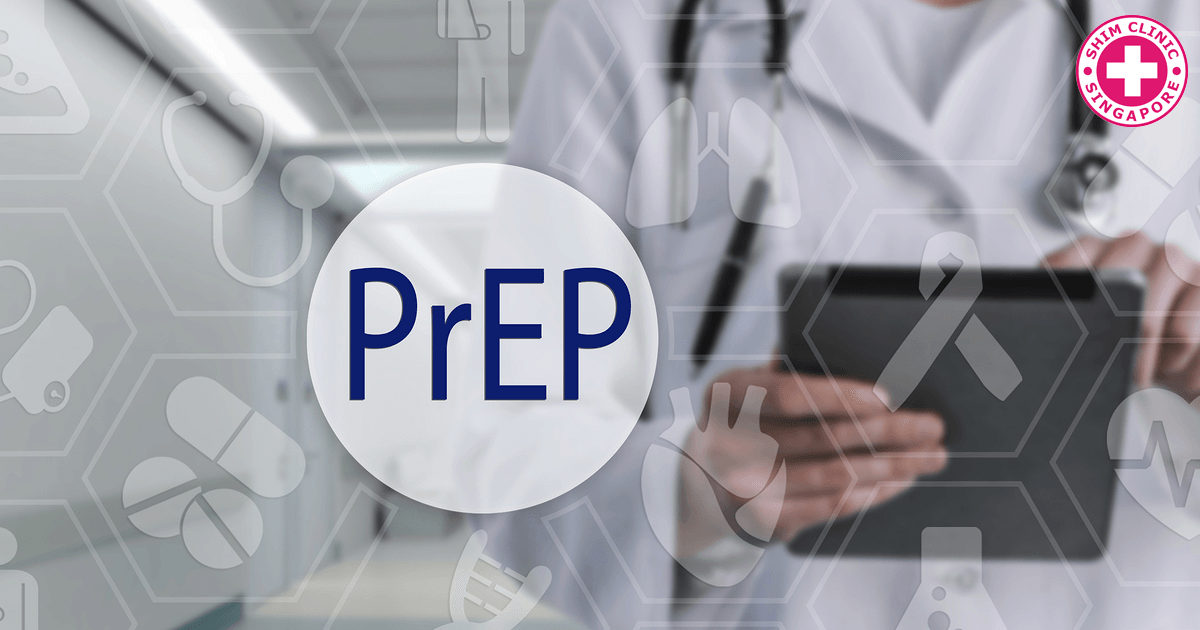Despite adolescents being part of the population at high risk of HIV, no research has been done to find out the efficiency of HIV pre-exposure prophylaxis (PrEP) in providing protection against HIV transmission in this group.
For this reason, researchers in the United States embarked on a study to find out how HIV PrEP is tolerated in adolescents especially among gay and bisexual adolescents.
The study that was published in JAMA Pediatrics on 5 September 2017, involved 78 men who have sex with men (MSM) and were HIV-negative. The participants were aged between 15 and 17 years at were at high-risk of getting infected with the virus.
Their race distribution was as follows:
- 2 Asian/Pacific Islander
- 23 black/African American
- 11 white
- 16 white Hispanic
- 26 other/mixed race/ethnicity.
The participants were put on PrEP therapy and were part of an HIV prevention intervention over a period of 48 weeks.
Within the 48 weeks that PrEP was administered to the adolescents, 12 participants were diagnosed with a combined total of 23 sexually transmitted diseases.
Three of the participants got infected with HIV during the study follow-up period. All three patients had low detectable PrEP levels and it was assumed they had stopped adhering to the drug.
PrEP Tolerance
The researchers observed that there was high tolerance and adherence to PrEP during the first three months. Tolerance and adherence was 49% at week 12. This however, declined over time and was observed to be 22% at week 48.
The researchers stated that there was need for more resources to be injected in providing PrEP for this group in order to to promote adherence to the drug.
High Risk Population
Adolescents are a high risk HIV population that has largely been ignored in the fight against the HIV epidemic.
There are more than 2 million adolescents aged between 10 and 19 years living with HIV all over the world. Millions more are at high risk of infection especially in high-prevalence areas such as southern and eastern Africa.
Teenagers using intravenous (IV) drugs, gay and bisexual adolescents, transgender youth and male sex workers are at the highest risk of acquiring HIV.
HIV PrEP is a highly acclaimed HIV intervention that has shown great efficiency in providing protection against HIV. It is taken as a daily oral pill and if strict adherence to the drug is observed, it can prevent HIV infection by up to 99%. For those not on HIV PrEP, the other treatment that will prevent an infection AFTER a suspected exposure to the virus is HIV PEP, this medication is only effective if administered within 72 hours of exposure, reducing the risk of infection by up to 90%.
Attention has however, been given to adults at high risk and not to the younger populations. Another major setback has also been access to the drug. PrEP is expensive and many people who need it the most cannot afford it.
There have been calls around the world for governments to offer PrEP at subsidised prices in order to make it accessible to as many people as possible.
Going by the success of the drug in adults, it’s important to start thinking of making the drug accessible to adolescents so that they too can benefit from its success.
Source: JAMA Pediatrics

